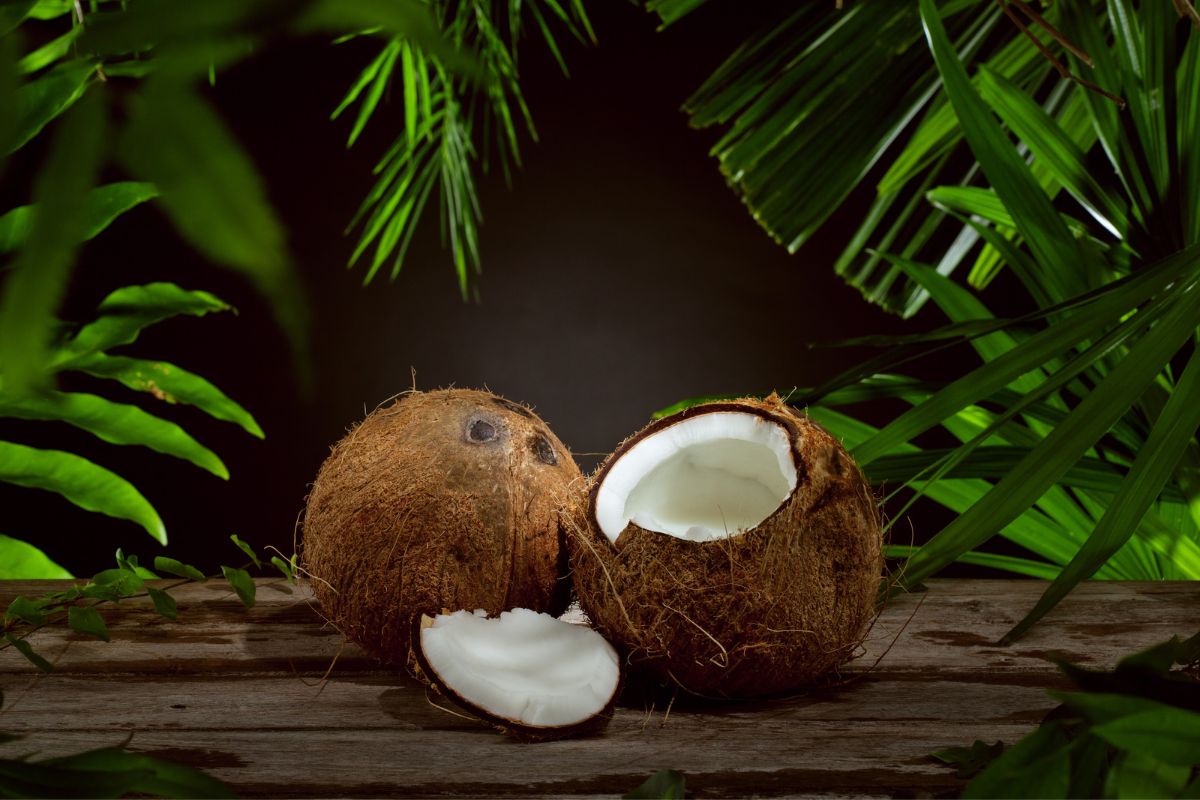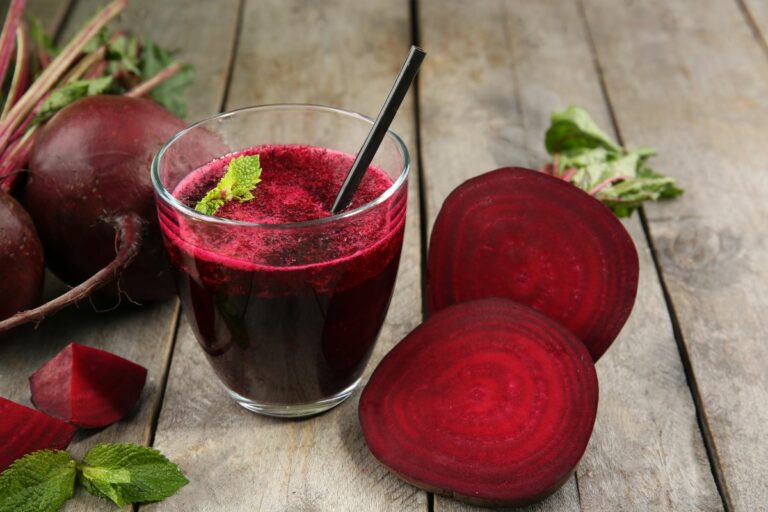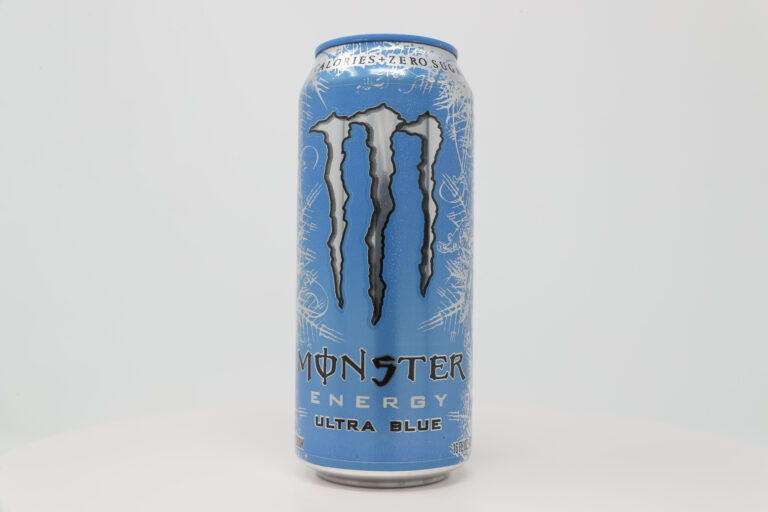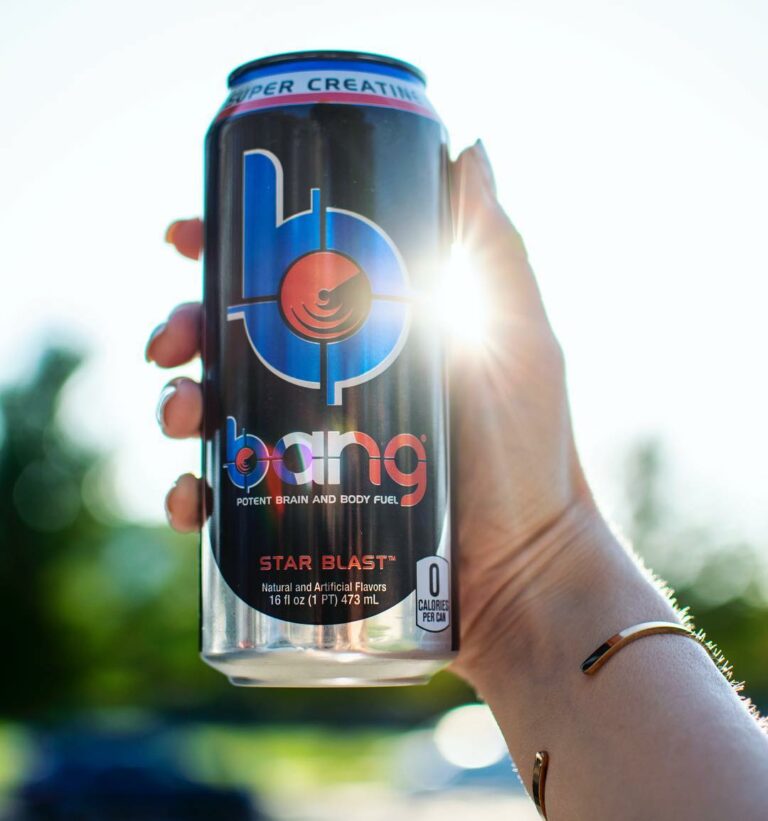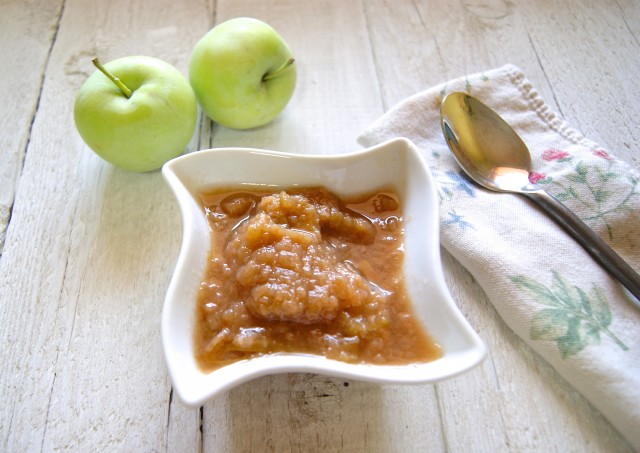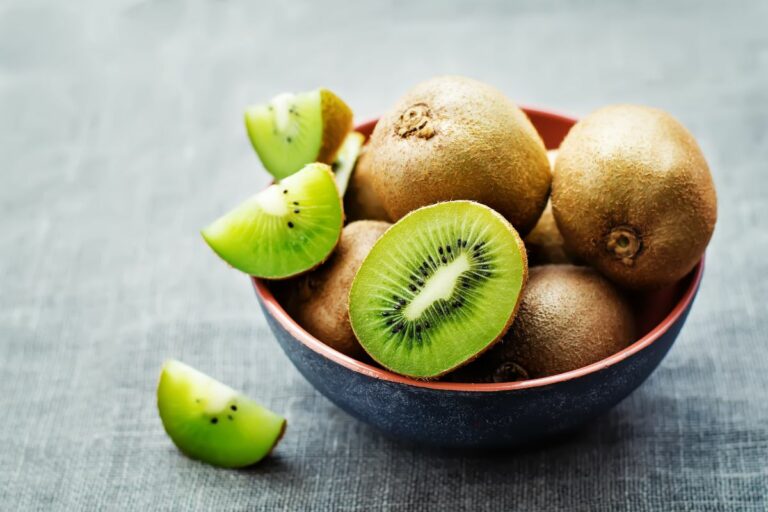What Does Coconut Taste Like?
Coconut has a distinct, sweet, and slightly nutty flavor that is often described as being tropical and refreshing. The flavor of coconut can vary slightly depending on the form it is in, such as fresh coconut, coconut milk, coconut oil, or coconut water. So, what does coconut exactly taste like?
Fresh coconut has a slightly sweet and nutty flavor, and the flesh can be eaten raw or used in a variety of dishes. Coconut milk is a rich, creamy liquid made from grated coconut flesh that has a sweet, slightly nutty flavor. It is often used in soups, stews, curries, and other dishes to add flavor and creaminess.
About Coconut oil, it’s a versatile cooking oil that has a slightly sweet and nutty flavor, and it is often used in baking and as a base for sauces and marinades.
Coconut water is the clear liquid found inside young, green coconuts, and it has a refreshing, slightly sweet, and slightly nutty flavor. It is often consumed as a natural sports drink or as a refreshing beverage.
Scroll down to know more.
What Does Coconut Taste Like?- Taste and Texture

Taste: The taste of coconut is often described as sweet, nutty, and tropical. It has a smooth, creamy texture and is often used in a variety of dishes to add flavor and moisture.
Flavor: Coconut has a distinct, pleasant flavor that is difficult to compare to other foods. Some people describe it as being slightly sweet and nutty, with hints of vanilla and a woody or earthy taste. Others say it has a tropical flavor that is reminiscent of the beach and sun.
However, the flavor of coconut can vary depending on its ripeness and how it is prepared.
Young coconuts tend to have a milder, more subtle flavor, while mature coconuts have a more intense and pronounced taste. Coconut that has been toasted or roasted can also have a different flavor than fresh coconut, as the heat brings out different aromas and flavors in the meat.
Texture: The texture of coconut is smooth and creamy, with a slightly fibrous and crunchy texture due to the presence of small pieces of coconut meat and coconut water. The meat of a coconut is white and firm when it is fresh, but it can become softer and more tender as it ripens.
And, guess what? The texture also may vary depending on how it is prepared. For example, grated coconut has a finely shredded, fluffy texture, while coconut milk has a smooth, creamy consistency. Coconut oil is solid at room temperature but becomes liquid when heated, and has a smooth, silky texture.
Overall, the taste of coconut is generally considered to be refreshing and pleasant. It is often used in sweet and savory dishes and is a popular ingredient in many cuisines around the world, including Thai, Indian, and Polynesian.
Whether it is used in a creamy coconut curry, a refreshing coconut smoothie, or a sweet and tropical dessert, the taste of coconut is sure to add a delicious and unique flavor to any dish.
Different Taste Profiles of Coconuts
So, the fact is, fresh coconut meat, processed coconut meat, coconut water, and coconut milk have different taste profiles you’ll want to know.
Fresh Coconut Meat
Fresh coconut meat has a sweet and slightly nutty flavor, with a smooth, creamy texture. It is often described as being slightly tropical and refreshing, with a slightly earthy or woody taste.
The flavor of fresh coconut meat can vary based on the ripeness of the coconut and how it is prepared.
For example, young coconut meat tends to have a milder, more subtle flavor, while mature coconut meat has a more intense and pronounced taste. Coconut meat can be eaten raw, or it can be cooked, baked, or toasted, which can bring out different flavors and aromas.
It is a popular ingredient in many sweet and savory dishes and is used in a variety of cuisines around the world.
Processed Coconut
The taste of processed coconut varies according to the specific product and how it is prepared. For example, shredded coconut has a slightly sweet, nutty flavor and a slightly chewy texture.
Coconut milk has a rich, creamy flavor and a smooth, velvety texture. Coconut oil has a slightly sweet, nutty flavor and a smooth, silky texture when it is liquid, and a firm, waxy texture when it is solid. Coconut flour has a slightly sweet, nutty flavor and a fine, powdery texture.
Processed coconut products generally have a similar flavor and aroma to fresh coconut meat, although the flavor may be slightly milder or more subtle due to the processing.
The specific taste and texture of processed coconut can also be influenced by any additional ingredients or flavors that are added during the manufacturing process.
Coconut Water
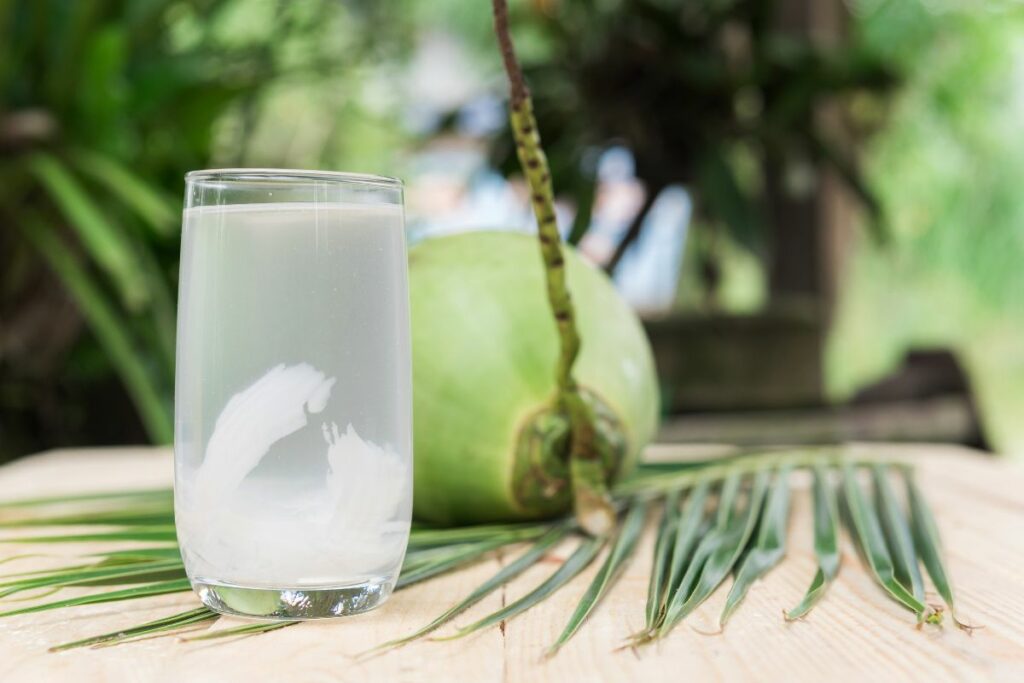
The liquid inside a young green coconut is known as coconut water. It has a light, slightly sweet, and nutty flavor, with a refreshing, slightly tropical taste.
Some people describe the flavor of coconut water as being slightly sweet and fruity, while others say it has a more earthy or woody taste.
Coconut water is widely consumed as a refreshing drink and is considered to be a good source of hydration due to its high electrolyte content. It is also sometimes used as a base for smoothies or other beverages and can be added to cocktails or other mixed drinks to add a tropical flavor.
In addition to its refreshing taste, coconut water is also known for its health benefits, as it is low in calories and contains a variety of vitamins and minerals.
Coconut Milk
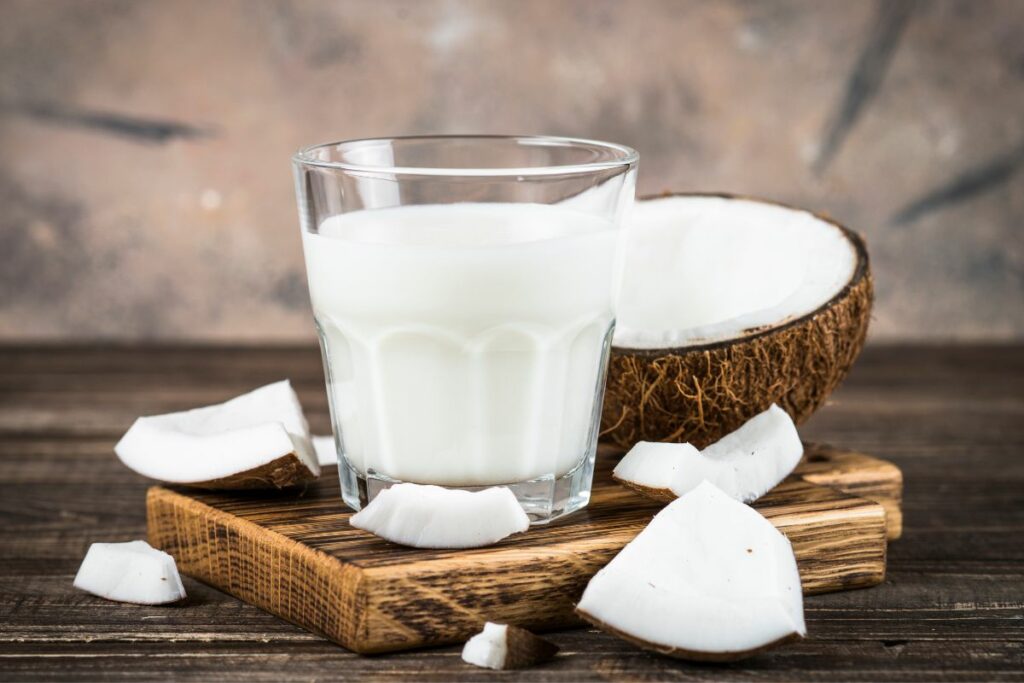
Coconut milk is a rich, creamy liquid made from the grated meat of a mature coconut. It has a smooth, velvety texture and a sweet, nutty flavor that is slightly tropical and slightly earthy.
The flavor of coconut milk can vary depending on the specific brand and how it is prepared, but it is generally considered to be a tasty and versatile ingredient, it can be used in many different cuisines, both savory and sweet.
It is often used as a dairy substitute in recipes and is a popular ingredient in many Thai, Indian, and other Southeast Asian dishes. It is also used as a base for soups, sauces, and stews, and can be added to smoothies or other beverages to add a rich, creamy texture and flavor.
In addition to its delicious taste, coconut milk is also known for its health benefits, as it is a good source of healthy fats and contains a variety of vitamins and minerals.
The Versatility of Coconuts in Different Recipes
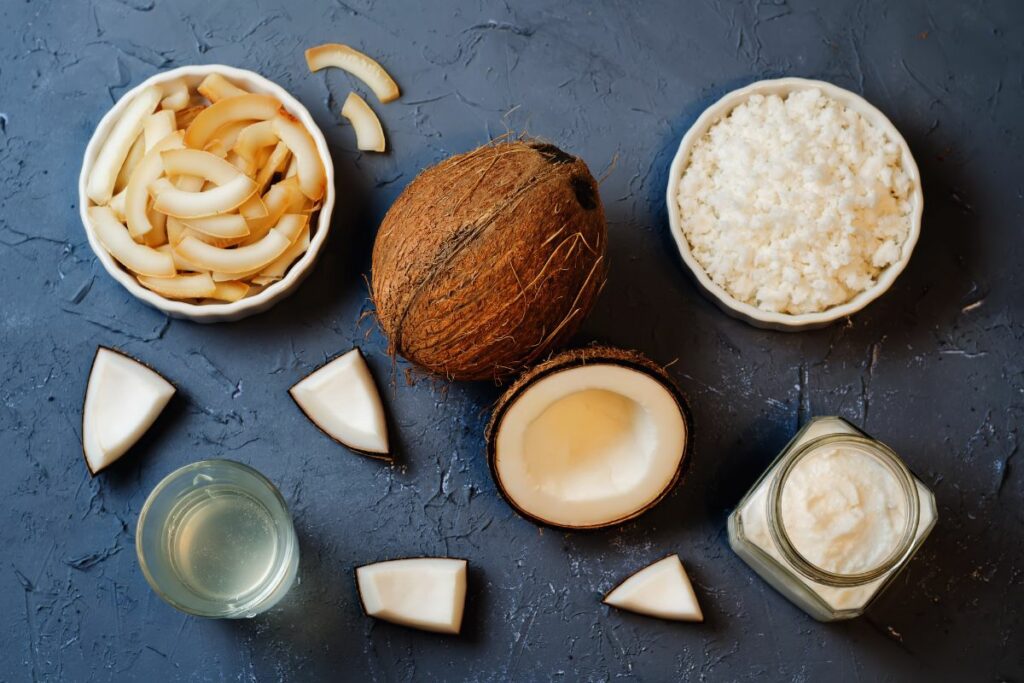
Coconut is a highly versatile ingredient that is used in a wide range of dishes in many different cuisines around the world. It has a sweet, nutty flavor and a smooth, creamy texture that adds flavor and moisture to a variety of dishes.
Coconut can be used in both sweet and savory dishes and is a popular ingredient in many desserts, such as cakes, cookies, and ice cream. It is also used in savory dishes, such as curries, sauces, and soups, and is a common ingredient in many Thai, Indian, and other Southeast Asian dishes.
In addition to being used fresh or dried, coconut is also used to make a variety of processed products, including coconut milk, coconut oil, and coconut flour. These products are used in cooking and baking to add flavor, moisture, and texture to dishes.
Nutritional Profile and Health Benefits of Coconut
We have covered the nutrition facts for 1 cup of shredded coconut in the table below for your better understanding.
| Amount per Serving (1 cup, shredded) | |
| Calories | 283 |
| Carbohydrates | 14.3 g |
| Protein | 3.3 g |
| Total Fat | 26.8 g |
| Vitamin C | 2.8 mg |
| Calcium | 33.6 mg |
Coconut is a tropical fruit that is rich in various nutrients and has a variety of potential health benefits. Here are a few ways in which coconut may be beneficial for your health:
- It improves heart health: The medium chain triglycerides (MCTs) in coconut oil may help improve cholesterol levels and decrease the risk of heart disease.
- It helps boost your brain function: MCTs may also benefit brain function, especially in people with Alzheimer’s disease or other forms of dementia.
- May have antimicrobial properties: Coconut oil has antimicrobial properties that may help fight infections, especially those caused by bacteria and fungi.
- Can help with weight loss: Some research suggests that coconut oil may help with weight loss when used in place of other types of fats.
- It improves skin and hair health: The moisturizing and nourishing properties of coconut oil may help improve the appearance and health of skin and hair.
How to Incorporate Coconut Into Your Diet?
There are many ways to incorporate coconut into your diet. Here are a few ideas:
- Use coconut oil as a cooking oil: Coconut oil has a high smoke point, making it suitable for high-heat cooking methods such as stir-frying, sautéing, and grilling. It can also be used in baking recipes in place of butter.
- Add coconut milk to smoothies and soups: Coconut milk is a creamy, dairy-free alternative to cow’s milk that can be used in smoothies, soups, and sauces.
- Sprinkle shredded coconut on oatmeal, yogurt, or salads: Shredded coconut adds a crunchy, tropical flavor to oatmeal, yogurt, and salads.
- Snack on coconut chips: Coconut chips are thin, crispy slices of coconut that can be eaten as a snack on their own or added to trail mix.
- Use coconut flour in baking: Coconut flour is a gluten-free alternative to wheat flour that can be used in baking recipes. It is high in fiber and has a slightly sweet, nutty flavor.
Keep in mind that coconut is high in calories and fat, so it’s important to consume it in moderation as part of a balanced diet.
Can I Eat Coconut Skin?
Yes, it is possible to eat coconut skin if it is properly prepared and cooked. However, it is important to note that the skin of a coconut is tough and fibrous, and is not typically eaten raw.
In order to make the skin edible, it must be grated and dried until it becomes crispy. The dried coconut skin can then be added to dishes as a crunchy topping or snack, or it can be blended with other ingredients to make a spread or sauce.
It is also important to note that the skin of a coconut may contain toxins, so it is important to properly clean and prepare the skin before eating it.
How to Tell If The Coconut Is Bad?
To tell if a coconut is bad, check its weight and shape, look for cracks or openings in the shell, and smell it.
Tap the coconut to see if it has a hollow sound, and open it to check the coconut water for clarity and freshness.
If the coconut has any of these signs of spoilage, it is probably bad.
What’s The Best Way to Store Coconut?
There are a few different ways to store coconut, depending on the form in which you have it:
| Whole coconut | A whole coconut will stay fresh for several weeks at room temperature, or up to several months if stored in a cool, dry place. |
| Coconut flesh (meat) | Store it in an airtight container in the refrigerator for up to a week, or in the freezer for up to six months. |
| Coconut milk | Should be stored in the refrigerator after opening. It will last for about five to seven days in the refrigerator. |
| Coconut oil | Will stay fresh for several months at room temperature, or up to a year if stored in a cool, dry place. |
It’s important to store coconut and coconut products in an airtight container to help prevent spoilage and maintain freshness.
Frequently Asked Questions
How does the flavor of fresh coconut compare to coconut milk or coconut oil?
Fresh coconut has a slightly sweet, tropical flavor. Coconut milk has a similar flavor but is creamier and less intense. Coconut oil has a subtle coconut flavor and is mostly flavorless, taking on the flavors of the dishes it is used in.
Is coconut a sweet or savory ingredient?
Coconut can be used as both a sweet and savory ingredient. In sweet dishes, coconut is often used to add flavor and texture to baked goods such as cakes, cookies, and bread.
Additionally, it can be used as a dessert topping. In savory dishes, coconut is often used in Indian, Thai, and other Southeast Asian cuisines to add flavor and richness to curries, soups, and stews. It can also be used to coat chicken or seafood before frying.
Can coconut be used to replace other ingredients in recipes?
Yes, coconut can be used to replace other ingredients in some recipes.
For example, coconut milk can be used as a dairy-free alternative to cow’s milk in many recipes. Coconut oil can be used in place of butter or other cooking oils. Coconut flour can be used as a gluten-free alternative to wheat flour in baking recipes.
Keep in mind that coconut products may have a slightly different flavor and texture than the ingredients they are replacing, so you may need to make adjustments to the recipe.
Wrap-Up
Coconut has a unique, slightly sweet, tropical flavor that is distinct from other ingredients. It can be used in both sweet and savory dishes and can be incorporated into a variety of recipes in the form of coconut milk, coconut oil, coconut flour, and fresh coconut.
While coconut has a distinct flavor, it can also be used to replace other ingredients in some recipes, such as dairy products and wheat flour. However, it’s important to keep in mind that coconut is high in calories and fat, so it should be consumed in moderation as part of a balanced diet.

